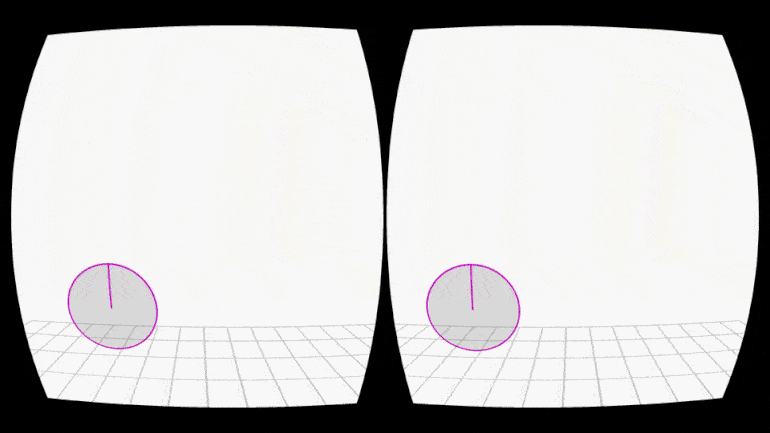VR Function Generator
An intuitive three dimensional mathematical function generator in Virtual Reality (VR).
January - February, 2016
During my graduate research on helping designers understand code, I realized that a lot of designers are intimidated by mathematical functions. This project was an exploration in how to make the process of thinking about mathematical functions more intuitive for visual thinkers.
During a conversation with one of my colleagues about a piece of code he was having trouble writing, he described the working behind what he wanted the code to do perfectly. In doing so, he also described the mathematical functions controlling a certain variable in the program by way of moving his hands in the air — creating the perceived shape of the mathematical function in thin air — without knowing what the mathematical expression for that function was.
Further exploration and inquiry as part of my research informed me that one of the primary reasons for being intimidated by and a barrier to learning math came from the presentation — long winded expressions, lots of variables, lots of numbers. What if there were a more visual, intuitive way of expressing a function?
I designed this function generator fueled by how my friend and colleague had defined the mathematical function by waving his hands and being inspired by graphical representations of mathematical functions. I decided to implement this in VR because I wanted it to be as natural as possible for designers. We are used to explaining things by expressing, we express by drawing, by moving our hands. With my implementation the mode of input is the user's hands, rather than a controller or a pointing device like a mouse.
I make use of the Leap Motion controller in tandem with a VR headset (I used the Oculus Rift).


The extrapolation has a different opacity so it's easy for the user to distinguish between the function and its extrapolation.
